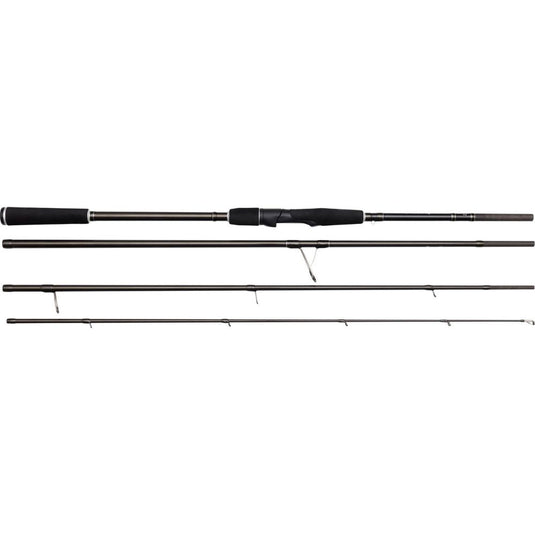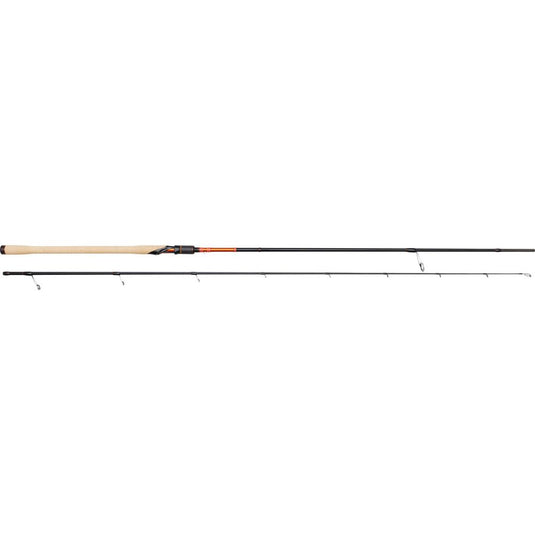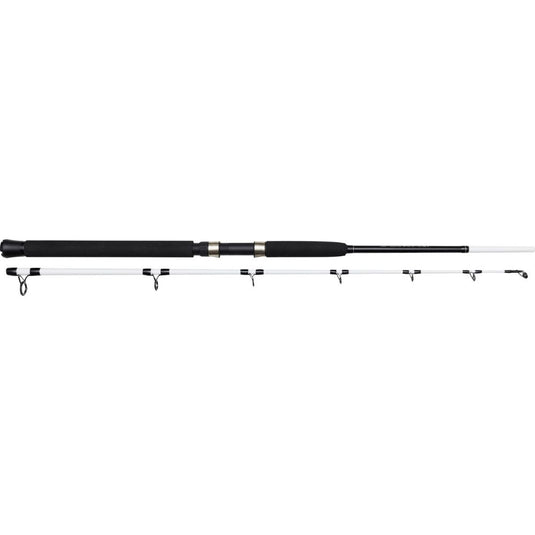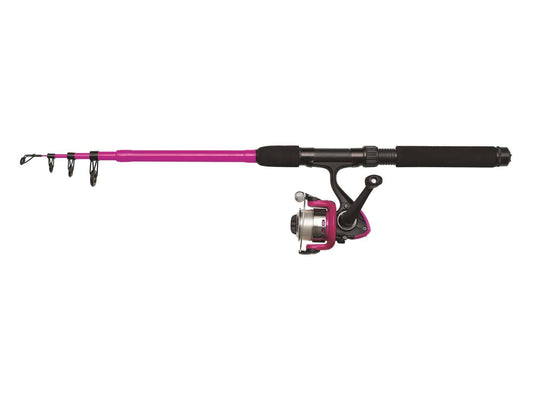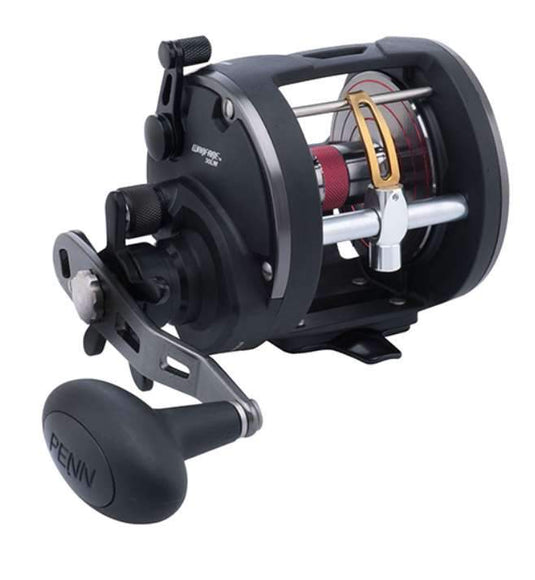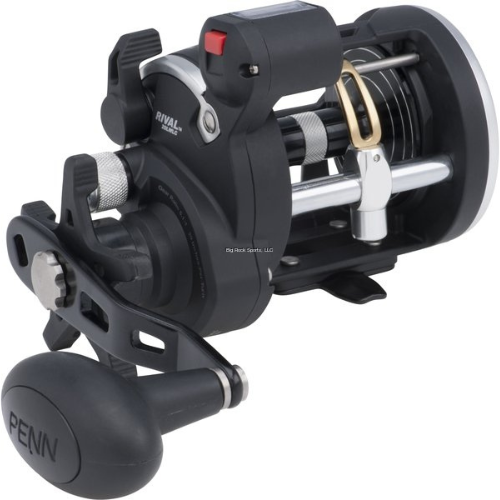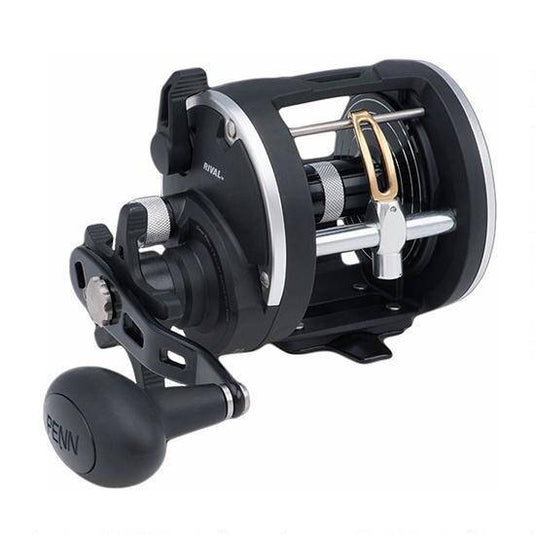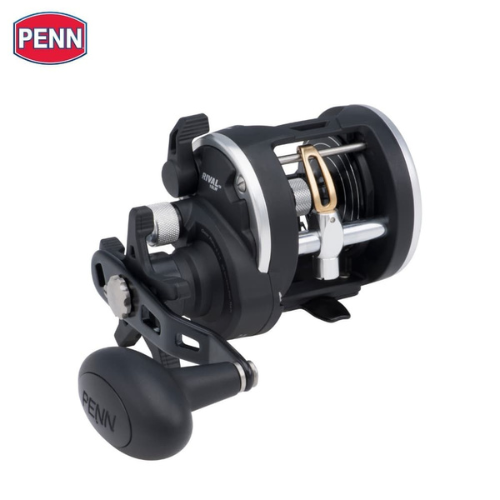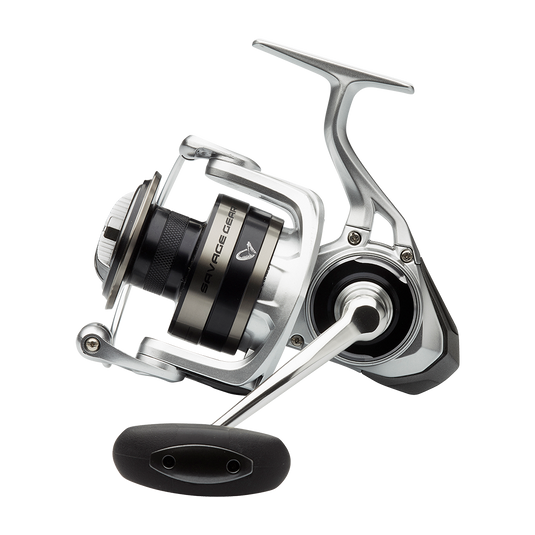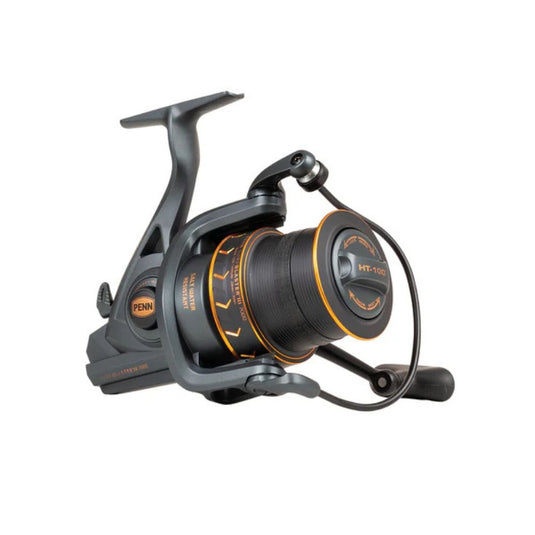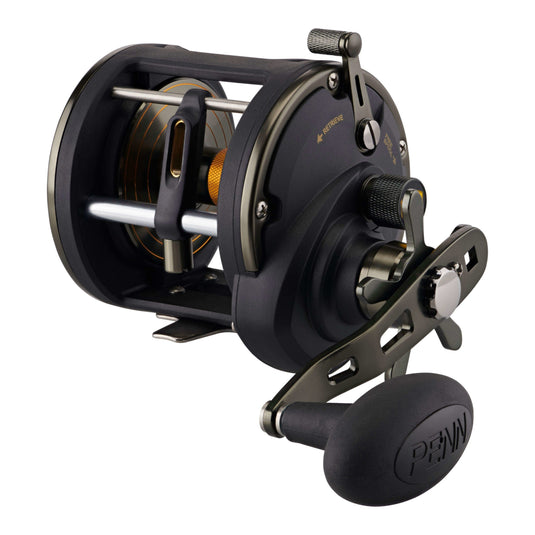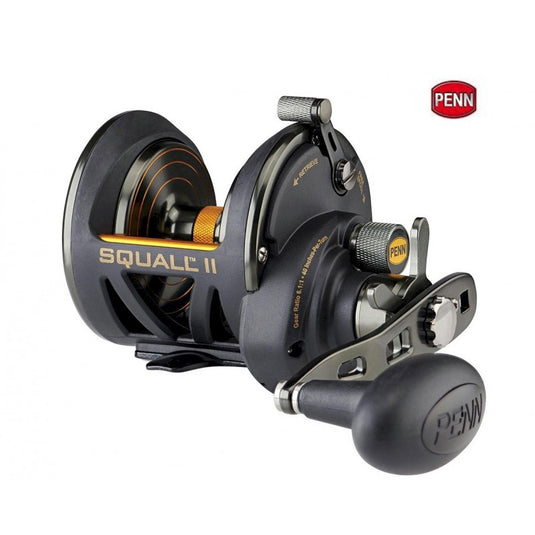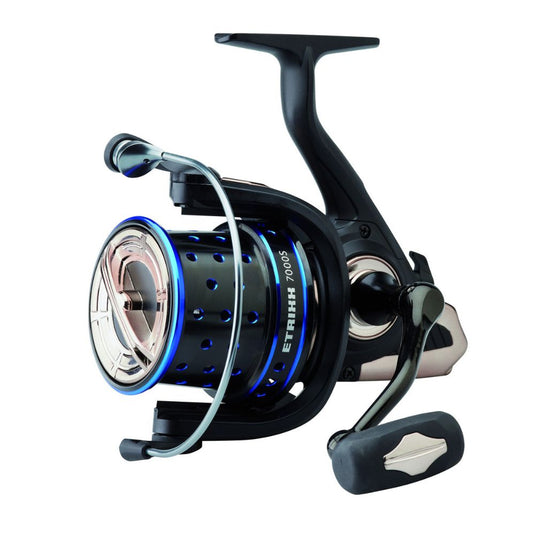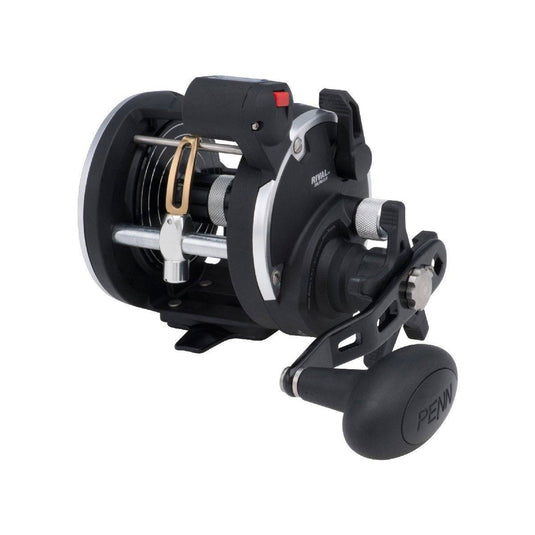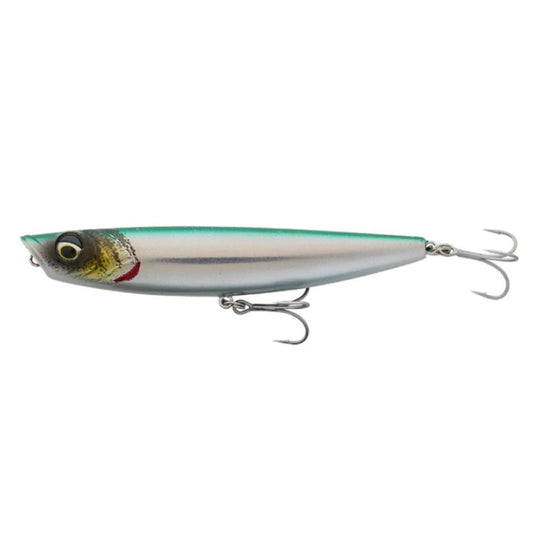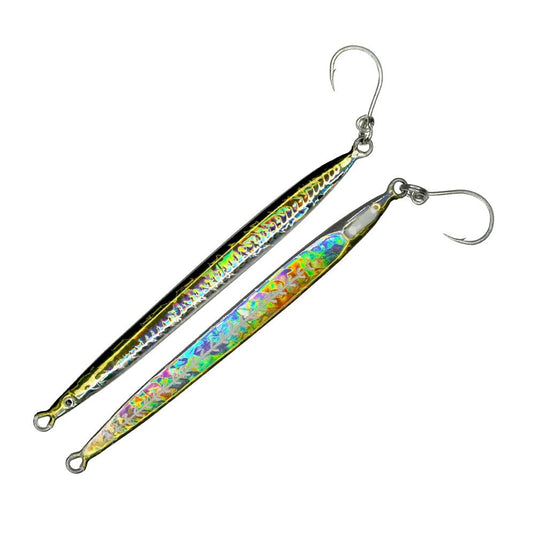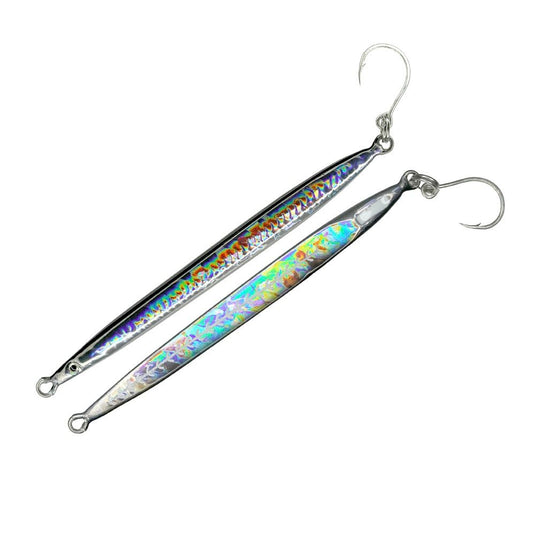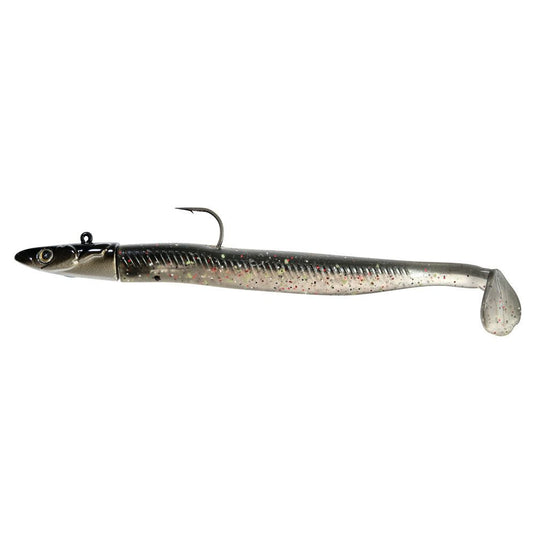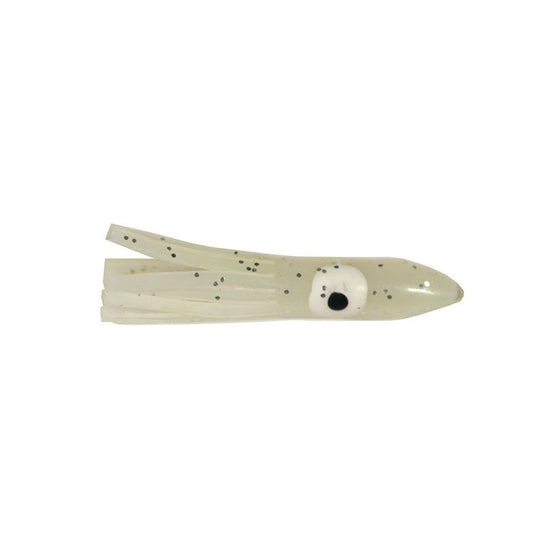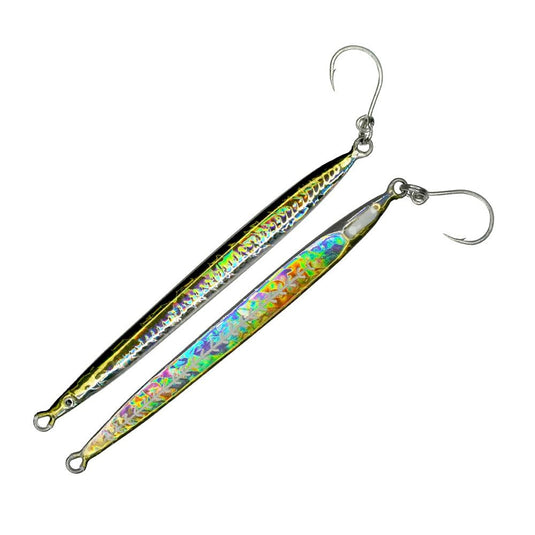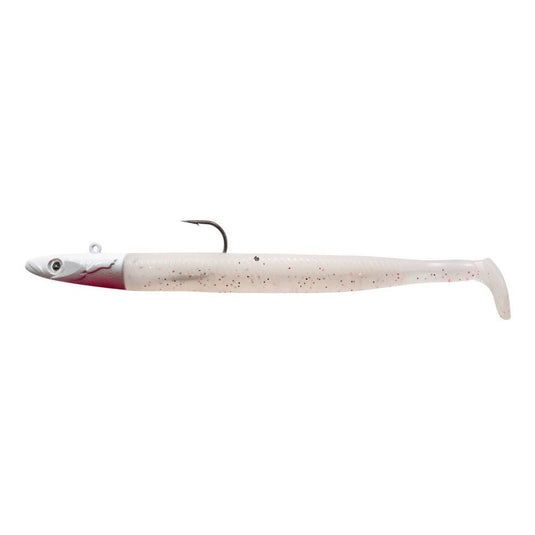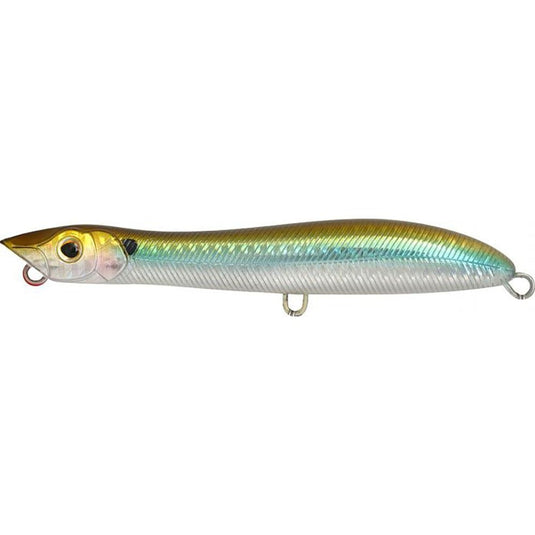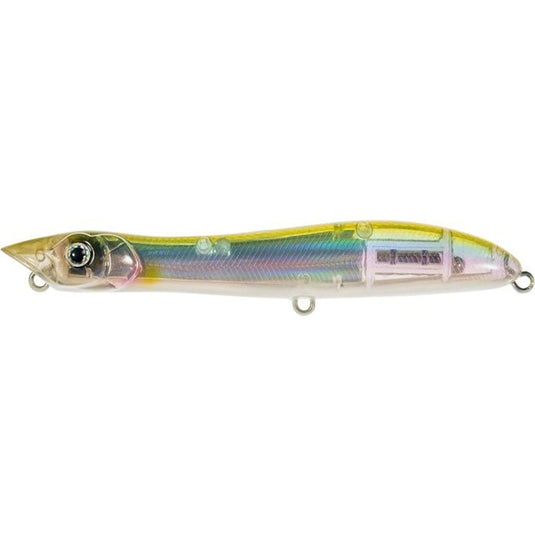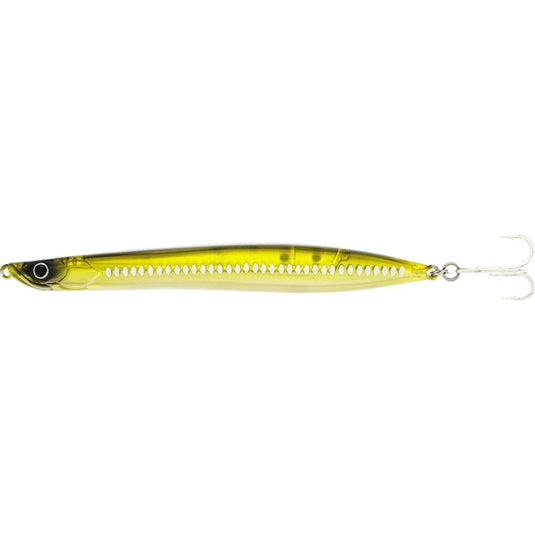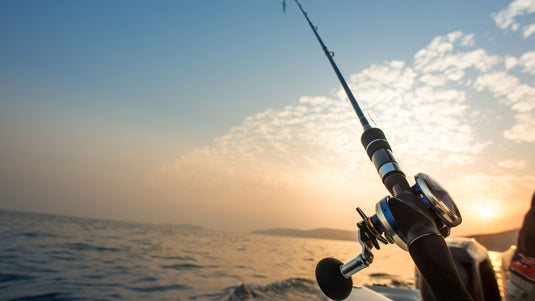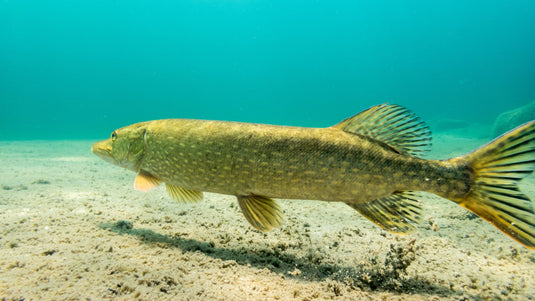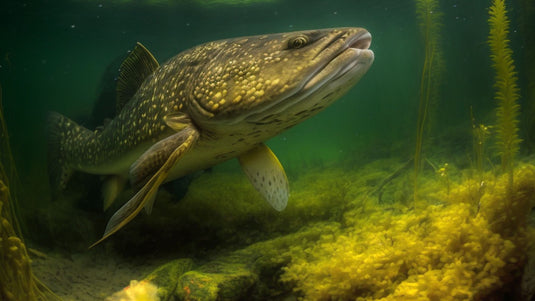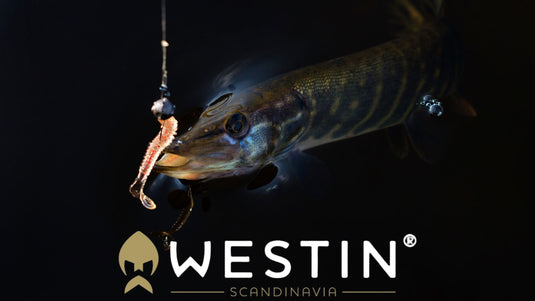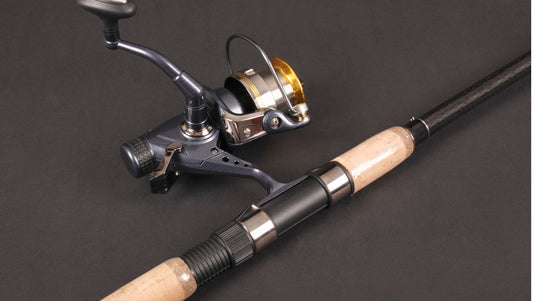Exploring Sea Fishing Rods & what to consider before you buy one
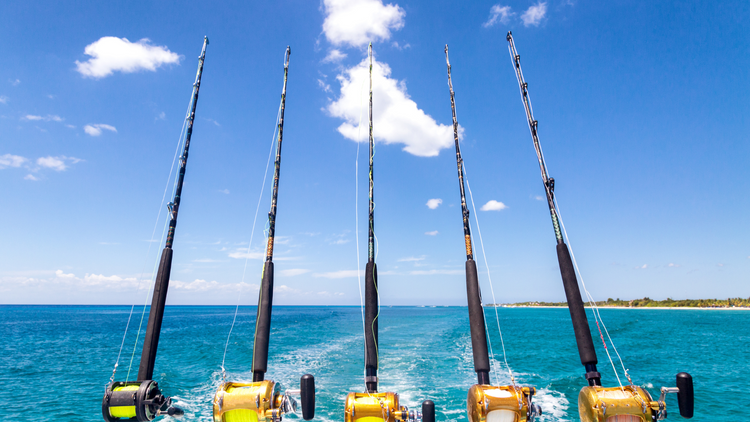
Sea fishing is an exhilarating experience, offering the thrill of the catch amidst the beauty of the open waters. Central to this experience is having the right sea fishing rod. In this comprehensive guide, we’ll explore the different types of sea fishing rods, their features, and tips for choosing the best one for your needs.
Understanding Sea Fishing Rods
Sea fishing rods are designed to handle the unique challenges of saltwater environments, from the strength of ocean currents to the size and power of marine fish. These rods are typically more robust and durable compared to freshwater rods, ensuring they can withstand the harsh conditions of sea fishing.

Types of Sea Fishing Rods
1. Spinning Rods
Spinning rods are popular for their versatility and ease of use. They are ideal for both beginners and experienced anglers, suitable for casting light to medium lures. Spinning rods can handle a variety of species, from mackerel to bass.
2. Surf Rods
Surf rods are designed for beach fishing, allowing anglers to cast long distances. These rods are usually longer, ranging from 10 to 14 feet, to help reach fish beyond the breaking waves.
3. Boat Rods
Boat rods are shorter and sturdier, designed for fishing from a boat. They can handle heavy lines and large fish, making them ideal for deep-sea fishing. Boat rods are commonly used for catching species such as cod, haddock, and halibut.
4. Fly Rods
Fly rods for saltwater are specialized for fly fishing in the ocean. These rods are built to cast larger flies and handle the powerful runs of saltwater fish.
Features to Look for in Sea Fishing Rods
1. Material
Sea fishing rods are typically made from graphite, fiberglass, or a composite of both. Graphite rods are lightweight and sensitive, while fiberglass rods are more durable and flexible. Composite rods offer a balance of both qualities.
2. Length
The length of the rod affects casting distance and control. Longer rods are better for casting farther, while shorter rods provide better leverage for fighting fish.
3. Power and Action
- Power refers to the rod’s strength, classified from light to heavy. Choose a rod power based on the size of the fish you’re targeting.
- Action describes how much and where a rod bends. Fast action rods bend near the tip and provide quick hook sets, while slow action rods bend throughout the length and offer more flexibility.
4. Guides and Reel Seats
High-quality guides and reel seats are essential for durability and performance. Look for corrosion-resistant materials like stainless steel or titanium to withstand saltwater conditions.

Tips for Choosing the Best Sea Fishing Rod
1. Consider Your Fishing Style
Different fishing styles require different rods. Whether you’re surf fishing, boat fishing, or fly fishing, choose a rod that suits your specific needs.
2. Match the Rod to the Target Species
Ensure the rod you choose is appropriate for the size and type of fish you’re aiming to catch. Heavier rods are needed for larger, stronger fish, while lighter rods are suitable for smaller species.
3. Test the Rod’s Comfort and Balance
Before purchasing, handle the rod to check its comfort and balance. A well-balanced rod reduces fatigue and enhances your fishing experience.
4. Invest in Quality
Quality rods may come at a higher price, but they offer better performance and durability. Investing in a good sea fishing rod will save you money in the long run by reducing the need for frequent replacements.
Maintaining Your Sea Fishing Rod
To extend the life of your sea fishing rod, regular maintenance is crucial. Rinse the rod with fresh water after each use to remove salt and debris. Check for any signs of wear or damage, and store the rod in a cool, dry place.
Conclusion
Choosing the right sea fishing rod is essential for a successful and enjoyable fishing experience. By understanding the different types of rods and their features, you can make an informed decision that matches your fishing style and target species. Remember to invest in quality and maintain your equipment properly to ensure many successful fishing trips ahead.

